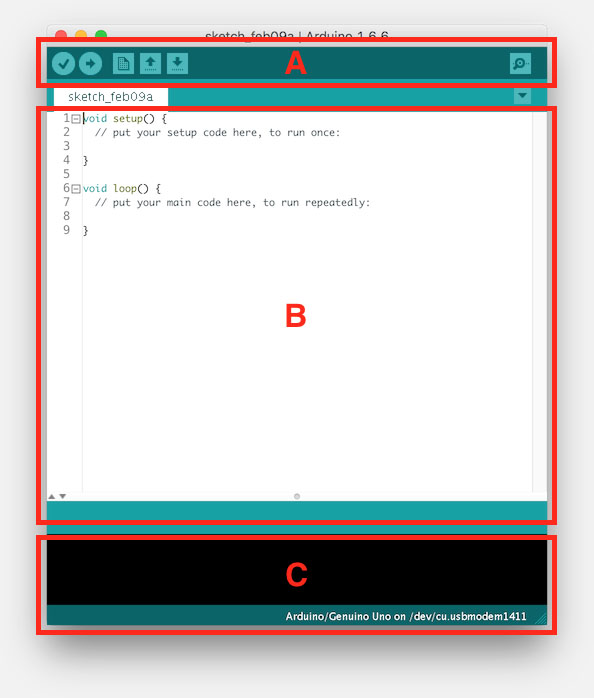Arduino Delphi Serial Communication Protocol
Posted By admin On 28/06/18Arduino Delphi Serial Communication. 5/11/2017 0 Comments Arduino and Delphi. MODBUS® Protocol is a messaging structure developed by Modicon in 1979. Arduino Delphi Serial Communication. It is a serial communications protocol which can be operated on the RS-485 and RS-232 modules.
Today we will be discussing arduino communication protocols. Devices need to communicate with each other to relay information about the environment, express changes in their states, or request auxiliary actions be performed. With any serious hobby electronics work, you’re bound to run into one or more of the main communication protocols in use, be it when working with different sensors, or with modules such as the ESP8266. In this tutorial, we hope to introduce the standard communication protocols that electronic devices use and explain each of them in detail using Arduino Uno. Binary and Number Systems Inter-device communication occurs over digital signals. Before we discuss communication protocols, we’ll first discuss how these signals are transmitted.
In a digital signal, data is transferred as a sequence of high to low and low to high switchings that occur very rapidly. These highs and lows in a digital signal represent 1s and 0s respectively that, when put together in sequence, carry information that can be interpreted by microcontrollers. Ever heard of bits and bytes?


Individually, these 1s and 0s are bits, and when they are in groups of 8, they are called bytes! A byte might look something like this: 10111001 As it turns out, this sequence of eight represents a number the same way a number like 597 represents five hundred ninety-seven. Each of the digits occupies a place-value, and the 1 or 0 in that place-value indicates how many times the place-value is counted.
In the example of 597, the 5 indicates that there are 5 hundreds, the 9 indicates that there are 9 tens, and the 7 indicates that there are 7 ones. Put together, this means 5 hundreds + 9 tens + 7 ones (500 + 90 + 7)or five hundred ninety-seven. Since ones is 10 0, tens is 10 1, hundreds is 10 2, etc. This is called the base 10 system! In the base 10 system, each digit can have the value 0 through 9 (0 through 10-1). Now we return to our number 10111001. We know this is the base 2 system because each digit has value 0 through 1.
We can then say that each digit is a power of 2, which would mean that 10111001 is actually 1 * 2 7 + 0 * 2 6 + 1 * 2 5 + 1 * 2 4 + 1 * 2 3 + 0 * 2 2 + 0 * 2 1 + 1 * 2 0, or 185 in base 10. As you can imagine, you can have number systems based on any number! Some common ones in math are base 2, base 8, base 10, and base 16. Mathematicians give these common number systems names for simplicity—base 2 is binary, base 8 is octal, base 10 is decimal, and base 16 is hexadecimal.
Each number system follows the same principal: each digit represents a number of times a power of that base is counted, and the value of each digit can only be between 0 and base-1 inclusive. Knowledge of different base number systems is useful because bytes and data are often represented in different ways.
As you can imagine, it is easier to write out B9 (hexadecimal) than 10111001 (binary). In software, binary numbers are prefixed with 0b, octal numbers are prefixed with a 0, and hexademical numbers are prefixed with a 0x. Decimal numbers are not prefixed. Knowledge of converting between bases is also useful because representing numbers in binary often for some cool math tricks as well.
For the purposes of this tutorial, however, we’ll leave it at just that. Check out the appendix to this tutorial below for articles on these tricks! 3 protocols: UART, SPI, and I 2 C The electrical engineering community decided to standardize electronics around three communication protocols to ensure device compatibility. Centering devices around a few protocols meant that designers would be able to interact with any device by knowing a few basic concepts about each communication protocols. These three protocols, UART, SPI, and I 2 C, differ in their implementation, but ultimately serve the same purpose: transferring data at high speeds to any compatible device.
UART The first communication protocol we’ll cover is Universal Asynchronous Receiver/Transmitter (UART). UART is a form of serial communication because data is transmitted as sequential bits (we’ll get to this in a bit). Download James Blunt Chasing Time The Bedlam Sessions Rarlab. The wiring involved with setting up UART communication is very simple: one line for transmitting data (TX) and one line for receiving data (RX). As you may expect, the TX line is used to for the data to send device, and the RX line is used to receive data. Together the TX and RX lines of a device using serial communication form a serial port through which communication can occur. Hardware connection diagram for UART The term UART actually refers to the onboard hardware that manages the packaging and translation of serial data. For a device to be able to communicate via the UART protocol, it must have this hardware!